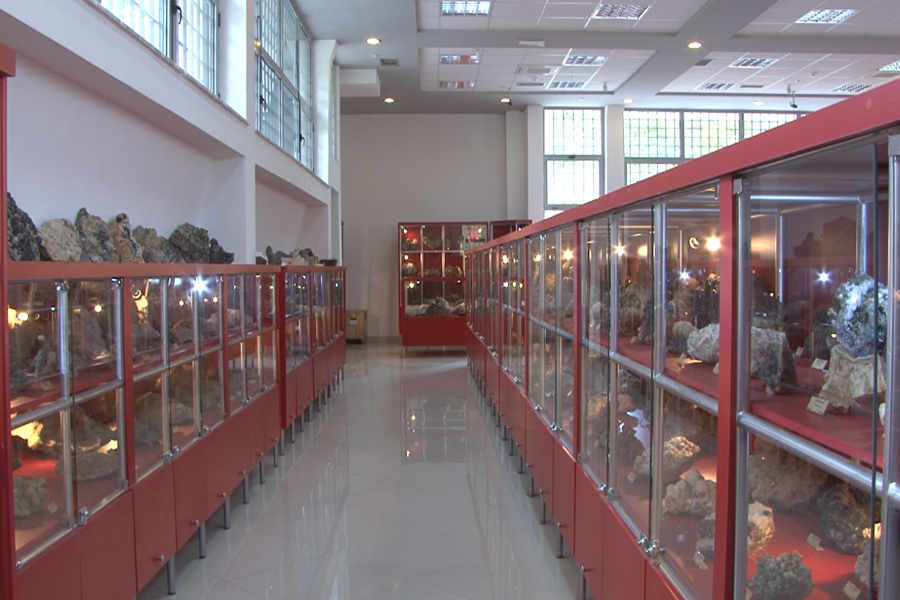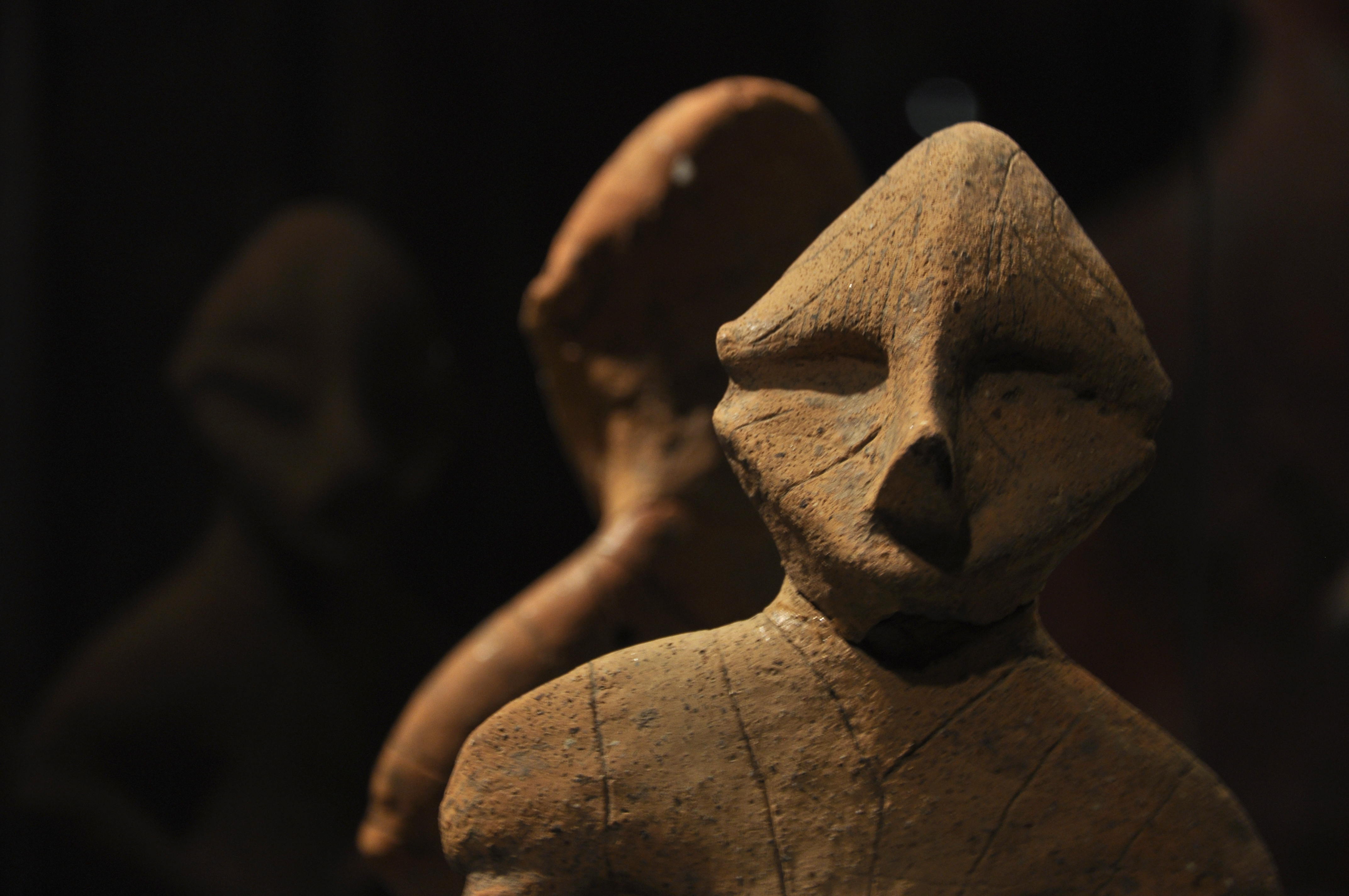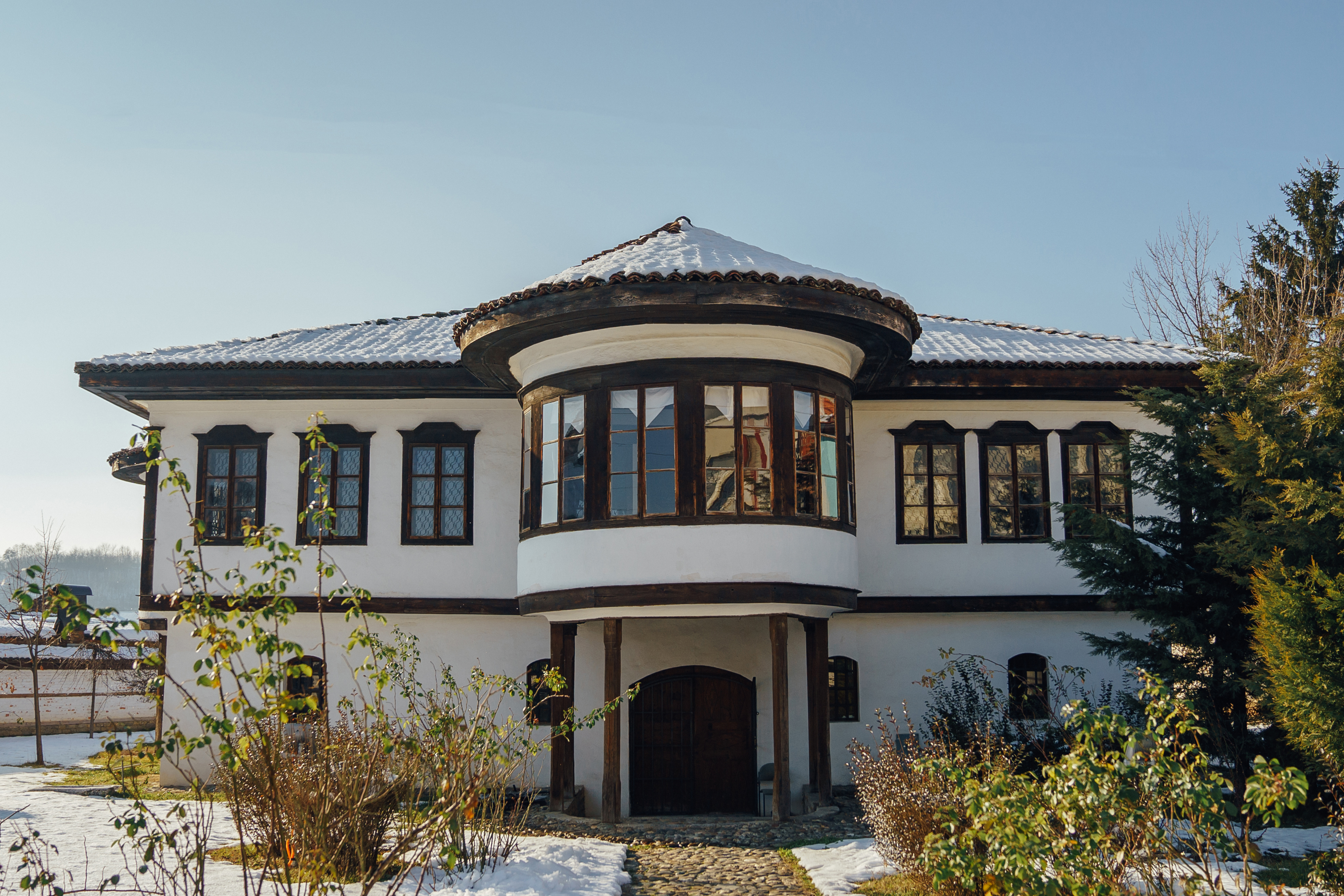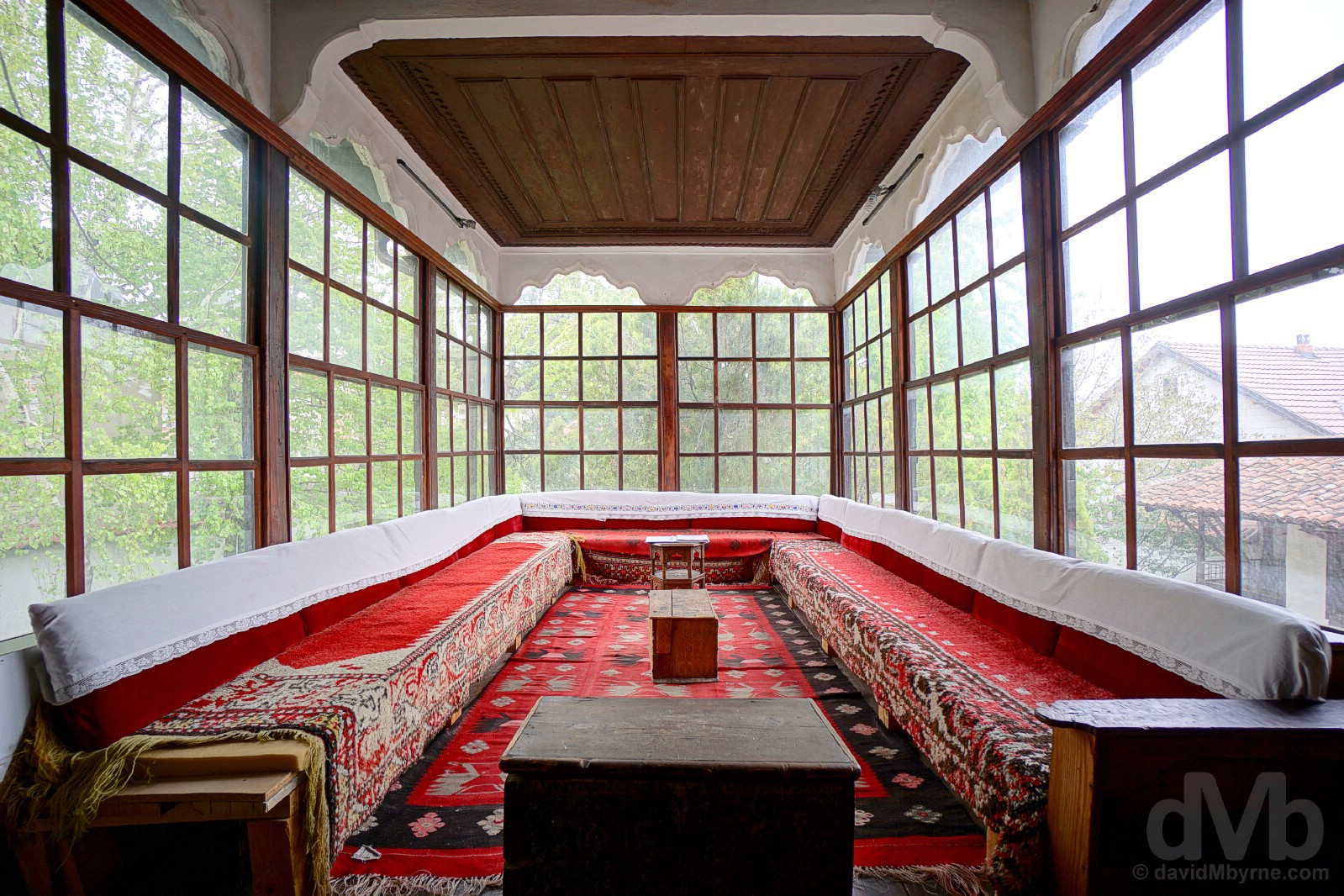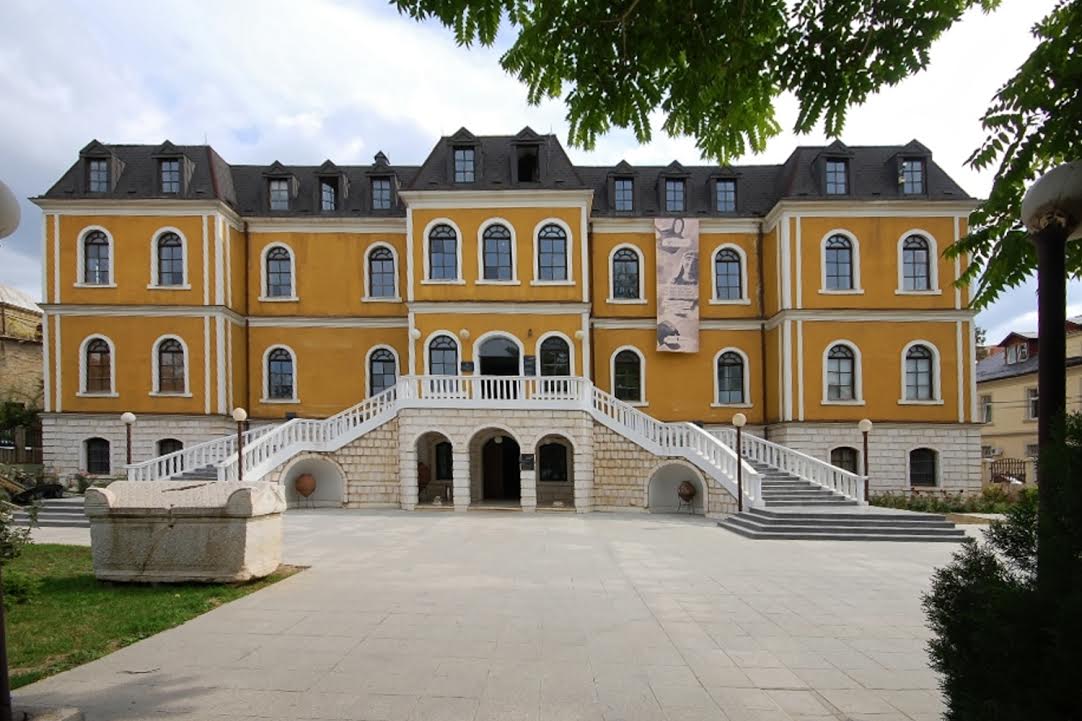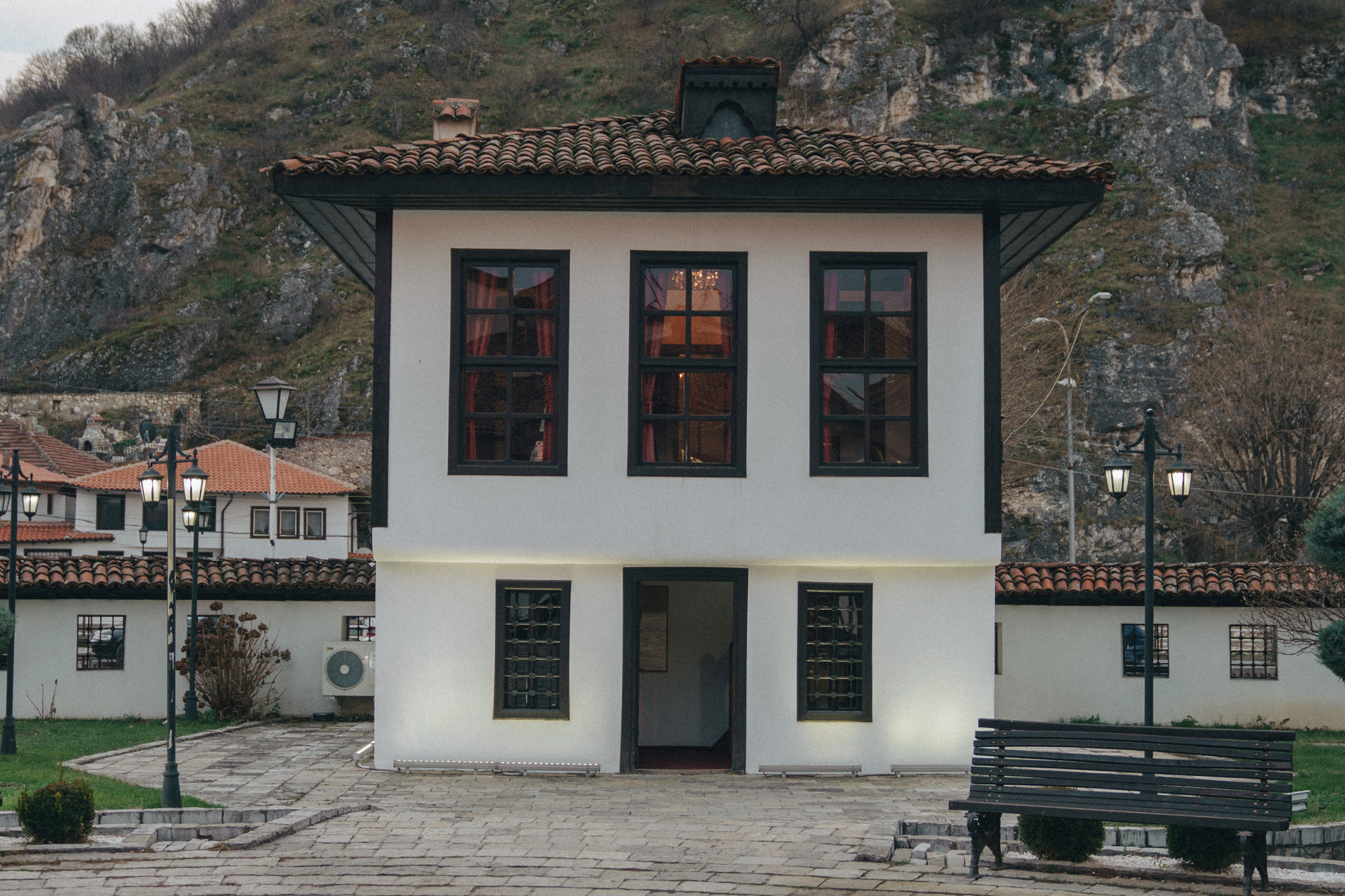Trepça Crystal Museum
Trepça Crystal Museum is a museum located in the town of Stanterg near the Trepca Mine, Mitrovica. Trepca Mine in Stanterg, Kosovo, is known for its crystal and mineral beauty of various kinds. In view of this fact, in 1964 the Museum of Mineral Crystals was established, which houses over 1300 exhibits of different types of crystals, making the Museum an object of great national importance for Kosovo both in terms of values as well as in value. even in tourist terms. In addition to the crystals in the Museum, there are also old working tools that were used by miners in the early stages of mining. In 1970 the Kosovo Bureau of Protection for Nature put 512 crystals on display in the museum, further enhancing the museum's importance. Since its inception, the Museum has been housed in an object which, due to its age, did not meet the conditions for the exposure and preservation of crystals. In 2012, with the funding of the Government of the Republic of Kosovo and the enterprise, a modern crystal museum building was built. The value of the investment for the construction of this museum is around 560,000 euros and about 1,500 exhibits of selected crystals and minerals have been exhibited. In addition to the crystals from the Trepca mine, the Museum also houses over 100 types of crystals from various countries around the world such as: Germany, Italy, France, Spain, Brazil, which the Museum has received in exchange for the crystals from the mine. "Trepca".
 en
en al
al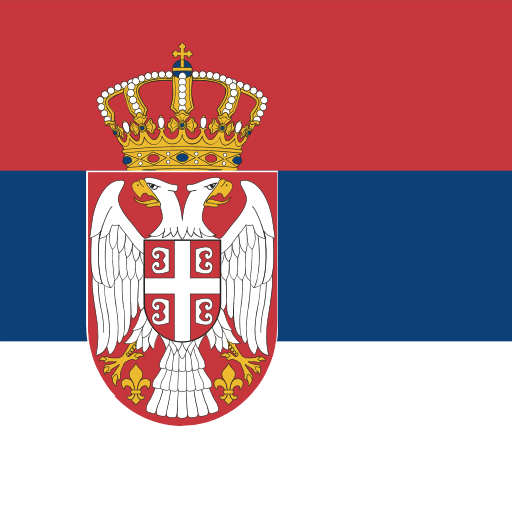 srb
srb